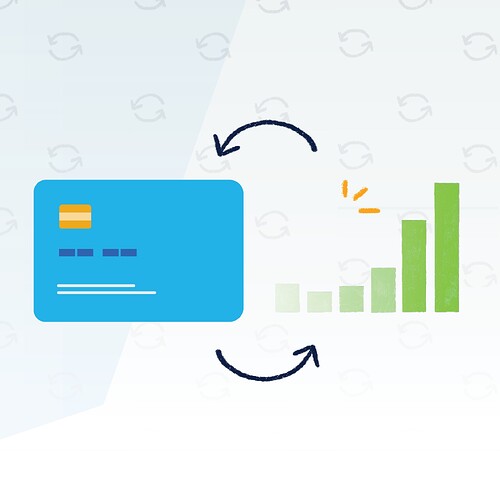When considering income sources for a sociocratic organization, there are benefits and considerations associated with both big donations and recurring incomes. Let’s explore them:
Big Donations:
Benefits:
- Financial Boost:
Big donations can provide a significant financial boost to the organization, allowing for the execution of larger-scale projects, expansion, or investment in resources.
- Strategic Initiatives:
With substantial funds, the organization can undertake strategic initiatives that align with its long-term goals and objectives.
- Visibility and Influence:
Large donors may bring visibility and influence to the organization, potentially attracting further support or collaboration opportunities.
Considerations:
- Dependency:
Relying solely on big donations can create dependency on a limited number of donors, making the organization vulnerable if these donations cease or decrease.
- Volatility:
Large donations can be sporadic and unpredictable. The timing and availability of such donations may not always align with the organization’s financial needs.
- Limited Engagement:
Big donors may have specific interests or agendas that could potentially overshadow the sociocratic principles of inclusivity and distributed decision-making.
Recurring Incomes:
Benefits:
- Stability:
Recurring incomes, such as membership fees, subscriptions, or ongoing contracts, provide a more stable and predictable financial base for the organization’s operations and initiatives.
- Long-Term Sustainability:
By cultivating a diverse range of recurring income streams, the organization can achieve long-term financial sustainability, reducing reliance on sporadic donations.
- Engaged Community:
Recurring income models often involve community engagement, fostering a sense of ownership and commitment among members or subscribers. This aligns with the principles of sociocracy by encouraging participation and shared decision-making.
Considerations:
- Scaling Challenges:
Generating significant recurring incomes may require substantial growth in membership or subscriptions, which can present challenges in terms of managing increased participation and maintaining inclusivity.
- Balancing Financial and Sociocratic Goals:
It’s crucial to ensure that the pursuit of recurring incomes does not compromise the organization’s sociocratic principles. Careful consideration should be given to pricing, accessibility, and maintaining the equitable distribution of decision-making power.
- Market Viability:
Recurring income models rely on sustained demand for the organization’s offerings. It’s essential to assess the market demand and competition to ensure the viability of recurrent income streams.
In practice, a balanced approach that combines multiple income sources is often ideal.
This can include a mix of big donations, recurring incomes, grants, partnerships, and other creative funding strategies.
By diversifying income streams, the organization can maximize financial stability, maintain sociocratic principles, and adapt to changing circumstances.
I would not exclude any of the sources of income mentioned above (big donations and recurring incomes) and I would explore the possibilities of creatively diversify the sources of income.
I would identify the competitive advantages we have (for example, we already have an organization, not just a training team) and I would promote what differentiates us from those who offer similar services (not only to survive, but to progress).
What do you think? Your voice could (re)shape the future of the world through sociocracy.
Do you think we could make sociocracy the “New Normal”.
If you would like to share your comments or personal reflections on this topic, please feel free to do so in a comment below. Thank you.
Best wishes.
